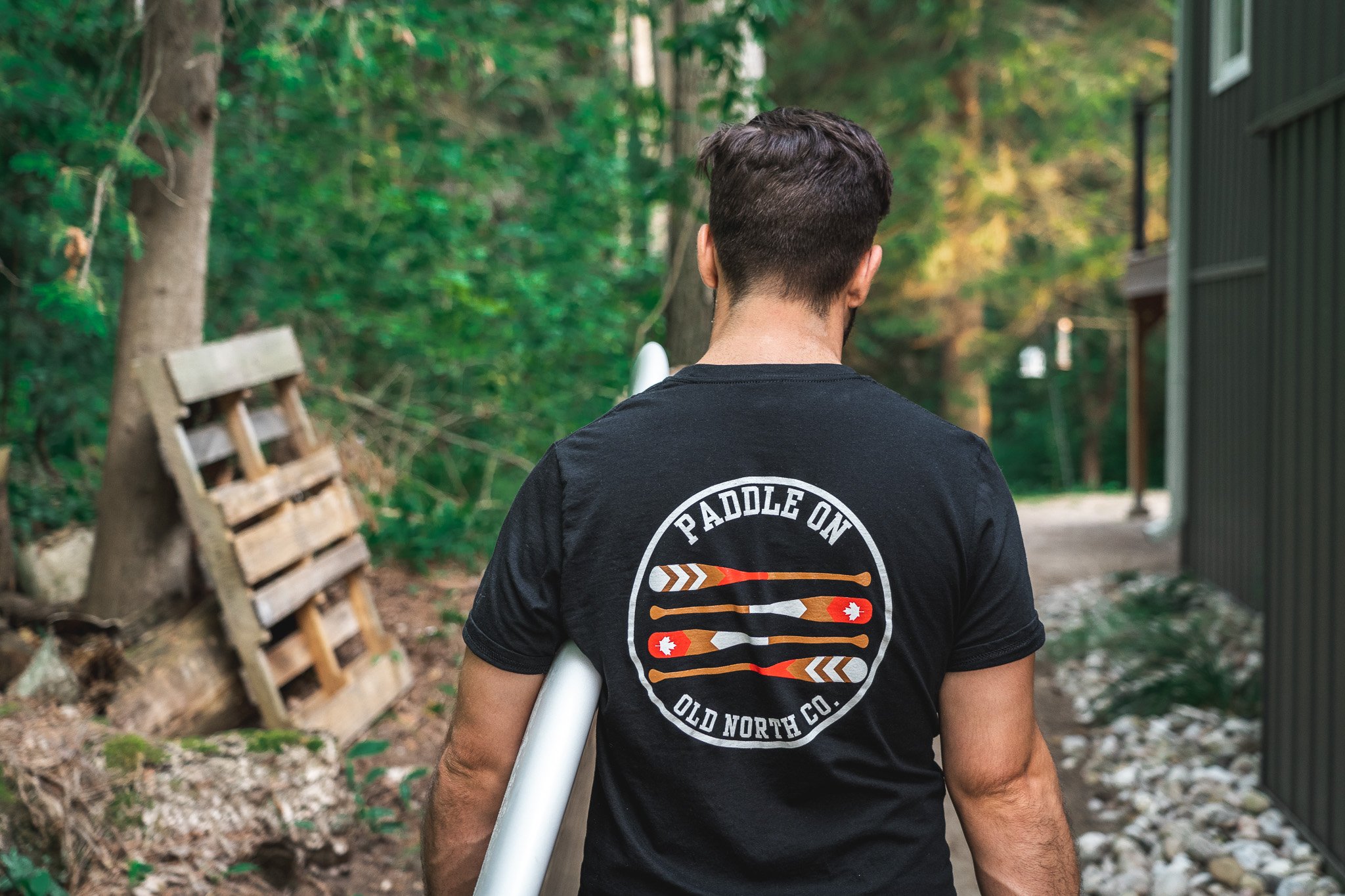The Best Portrait Photography Camera Settings
Portrait photography can be one of the tricker types of photography to master. Sure, anyone can take a picture of someone, but can you really make that person stand out in an image? Or can you tell a story for a brand or a person through your photography? While some of that takes years of experimenting to master, luckily the best portrait photography camera settings will help you take better portraits immediately.
To tweak your camera’s settings for portrait photography, you will need to put it into manual mode (the M on your camera’s dial). Manual mode may seem scary to some, but, with portrait photography, you generally have a good amount of time to set up your camera and adjust between shots (it’s not like unexpectedly seeing a leopard running through the jungle and scrambling to capture a photo)! So, switch that camera into manual mode, and let’s get started taking better portraits!
Shutter Speed
When setting up your camera for a portrait session, it’s important to determine the scene, and how your model(s) will be acting during the photo shoot. If you are taking professional headshots, or your model is sitting still, and you’re using a tripod, you can get away with a lower shutter speed. If you subject, however will be moving around a bit during the shoot, you’ll need a shutter speed that eliminates the chances for blurry images.
When doing portrait photography, I like to use a shutter speed of 1/200. This speed is fast enough for handheld photography, allowing me more freedom to move around and capture different angles. This speed also means you won’t have any motion blur. So, if your subject moves a bit while you’re snapping a photo, you’ll still likely end up with a decent image.
Aperture
I think aperture in portrait photography is subjective and situational. The subjective portion is what you, as the photographer, find appealing. The situational part depends on the project, and what you’re trying to achieve.
For example, if you’re trying to capture some lifestyle photography in the mountains for an outdoor apparel brand, you may want to use a small aperture that keeps everything in focus. This is because you’ll want both the model who’s wearing the outdoor apparel in focus, as well as the landscape scene itself. This kind of aperture decision can really help create a story within the image, as you will be able to portray both the model wearing the clothing, along with the scenario in which the clothing could be worn, helping to evoke and embody the brand you’re photographing itself. Powerful stuff. Try using an aperture of f8 - f11 for these kinds of lifestyle / environmental portraits.
In contrast, when taking a professional head shot or business portrait, you may want to use a larger aperture to blur the background and keep the focus solely on the subject. In photos like this, the surroundings aren’t as important as the person being photographed, so it’s best to use a larger depth of field to really put the spotlight on the subject. For photos like this, try using an aperture around f1.8 - f2.8.
Again, aperture in portrait photography is subjective. Experiment with different apertures in different scenarios and see what you like best!
ISO
The general rule with ISO is to keep it as low as you can. The same is true for portrait photography. Why? Because the higher the ISO, the more potential for their to be noise in your photographs (not flattering for portrait photos)!
If you are in natural lighting or have access to studio lighting, try to keep your ISO around 100 if you can. Thankfully, most modern mirrorless cameras are capable of cranking up the ISO without messing with image quality, so it’s not the end of the world if you need to push it up a bit. Again, do what you can to keep the ISO as low as possible.
I should also note that ISO will be some what dictated by the choices you made for shutter speed and aperture. Once you have those set to your desired settings, you will need an ISO setting that ensures your photo is properly exposed. If you are set on shooting your images with a low ISO like 100 or 200, though, you may need to bring in studio lights and adjust the brightness to ensure your images are properly exposed with your chosen settings.
Related: Best Export Settings in Lightroom for Instagram
Conclusion
The best portrait photography camera settings are subjective, and typically vary from photographer to photographer. Though portrait photography may seem daunting to get into, it’s fairly easy to set up your camera for a portrait photography session. To get started, try using a shutter speed that helps eliminate motion blur, such as 1/200. Next, determine the kind of scene you’re photographing and story you’re trying to tell, and adjust your aperture based on that. Finally, try and keep your ISO as low as possible, or bring in some studio lighting to allow for a lower ISO.
If you liked this article, check out my YouTube and Instagram account.

